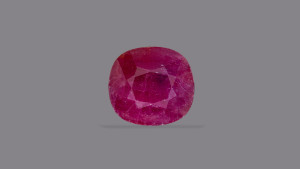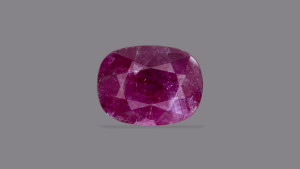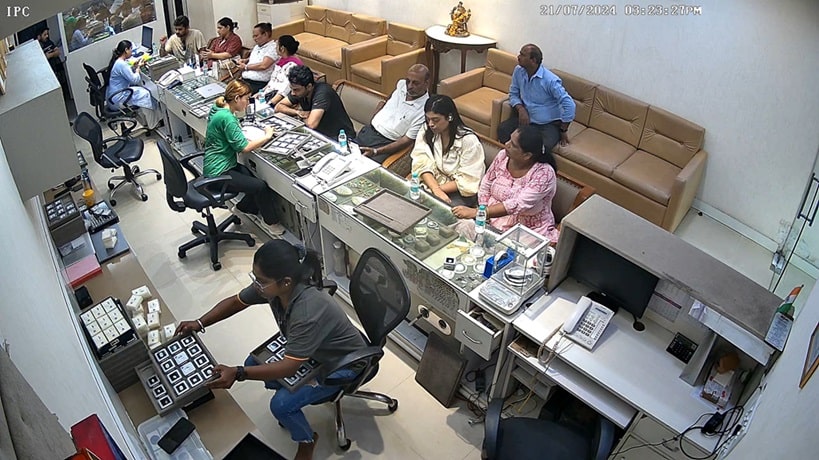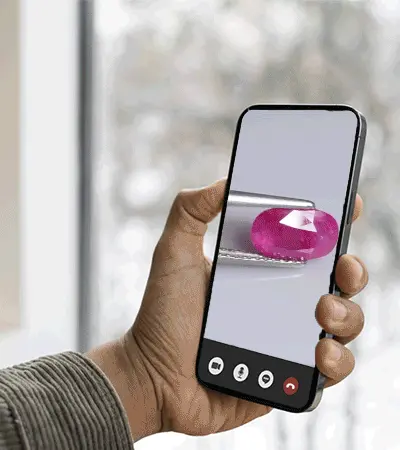OPEN NOW IN NOIDA SECTOR - 104
Free International Shipping on Order Above $1850
Flat 15% Off on Natural Gemstones
Free PAN India Delivery in 72 Hrs
7 Days International Delivery
- EUR - Euro
- USD - United States Dollar
- AUD - Australian Dollar
- NZD - New Zealand Dollar
- CNY - Chinese Yuan
- INR - Indian Rupee
- KRW - South Korean Won
- SGD - Singapore Dollar
- TWD - New Taiwan Dollar
- CAD - Canadian Dollar
- JPY - Japanese Yen
- KPW - North Korean Won
- NPR - Nepalese Rupee
- LKR - Sri Lankan Rupee
- BRL - Brazilian Real
- HKD - Hong Kong Dollar
- GBP - British Pound
- php EUR - Euro
- php USD - United States Dollar
- php AUD - Australian Dollar
- php NZD - New Zealand Dollar
- php CNY - Chinese Yuan
- php INR - Indian Rupee
- php KRW - South Korean Won
- php SGD - Singapore Dollar
- php TWD - New Taiwan Dollar
- php CAD - Canadian Dollar
- php JPY - Japanese Yen
- php KPW - North Korean Won
- php NPR - Nepalese Rupee
- php LKR - Sri Lankan Rupee
- php BRL - Brazilian Real
- php HKD - Hong Kong Dollar
- php GBP - British Pound
- EUR - Euro
- USD - United States Dollar
- AUD - Australian Dollar
- NZD - New Zealand Dollar
- CNY - Chinese Yuan
- INR - Indian Rupee
- KRW - South Korean Won
- SGD - Singapore Dollar
- TWD - New Taiwan Dollar
- CAD - Canadian Dollar
- JPY - Japanese Yen
- KPW - North Korean Won
- NPR - Nepalese Rupee
- LKR - Sri Lankan Rupee
- BRL - Brazilian Real
- HKD - Hong Kong Dollar
- GBP - British Pound
 +919953660004
+919953660004 +18886144437
+18886144437 +44
8081965700
+44
8081965700
























